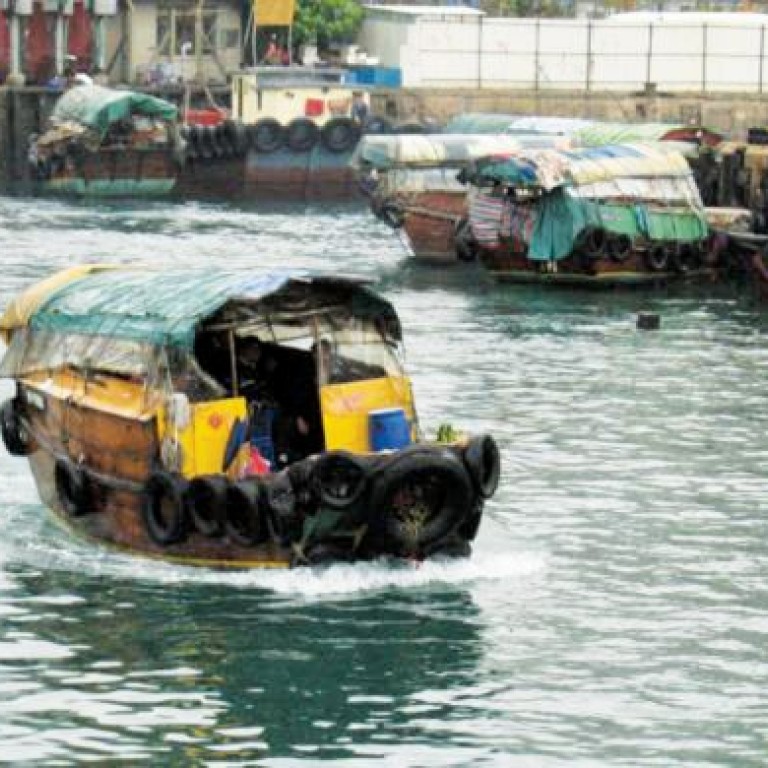
How Did Hongkongers Cross Victoria Harbour?
The Star Ferry company was founded as the Kowloon Ferry Company in 1888.
After the cession of the Kowloon peninsula to the British in 1860, it became increasingly important for people to move from the two halves of the colony. And so they took the walla-walla.
Walla-wallas were motorized boats, anything from sampans to larger vessels, which acted as combination ferries and water-taxis for people to cross the two halves of Her Majesty’s latest acquisition. The name is said to come from the sputtering noise of the engine exhaust as it gurgled in and out of the water, which is as good an origin story as anyone might hope for.
The Star Ferry company was founded as the Kowloon Ferry Company in 1888, before changing its name to the Star Ferry in 1898. When it got going, it soon snapped up much of the cross-harbor traffic. But the walla-walla remained and flourished, fulfilling a vital function in the growing city’s ecosystem.
Why? Well, back then the Star Ferry ran between 6:30am-1:30am. Without a tunnel or the MTR, the only other way to get across the harbor was by walla-walla, which was happy to ferry you over—for a price. Walla-wallas became very popular with a few groups of people. First were the late-night partiers, who had missed the last ferry back to Kowloon side. Readers who live in Lamma or Mui Wo will know that pain well enough. Then there were those who lived on the island but were heading into China: The first train to the mainland left at 6:30 in the morning—so if you wanted to be on the train, you had to be on the walla-walla.
Then there were the newspaper delivery workers, back when the papers were all printed on the Island. The day’s papers would be delivered to Blake Pier in Central and loaded onto walla-wallas, who would spread the word across the territory. The 50s and the 60s were the heyday of the walla-walla, when the population of the territory exploded, but before there were enough transport links to support the volume of people moving around the city’s unique landscape.
But after the completion of the Cross-Harbour Tunnel in 1972, the integration of Hong Kong and Kowloon taxis in 1974, and the completion of the MTR’s cross-harbor section in 1980, the walla-wallas fell out of favor. There just wasn’t a market for them anymore.
So spare a thought the next time you’re riding the Star Ferry: A thought for the walla-wallas of yesteryear, gurgling away as they trudged across the harbor, the only threads that joined together what would soon be the greatest city in the world.

